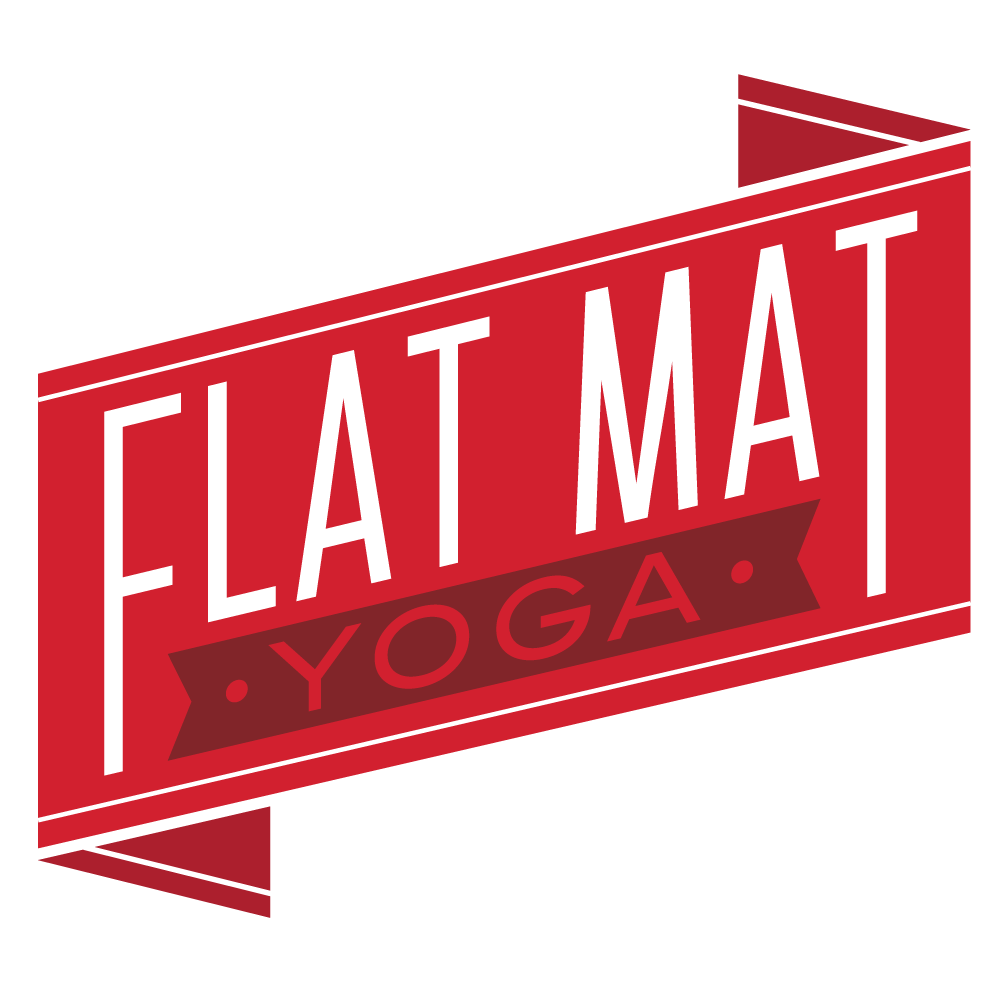Okay, so you know that six-packs are bullshit, and you’ve started learning to use your deep abdominals. Awesome! And just like in roller derby, where you build on basic moves and grow as a skater, you do the same thing with yoga. You learn how to access one muscle, and then start working with it along with another. Or you learn how to do a basic pose, and then build on it in various ways.
I mean, you didn’t think your core was only one muscle, right?
Enter: your obliques. They’re the abdominal muscles located on the sides that allow you to rotate your torso and do side bends. They also are a part of the team that helps stabilize you for a lot of actions that you do on the track: think actions like juking, or other times when you’re shifting your weight side-to-side. Which, really, is quite a lot of the game!
When you combine the strength of your deeper abdominal muscles at the front of your pelvis, and your obliques at your sides, you’re starting to create a deep bench at your core. That translates to more stability as you move–and getting knocked down less means you stay in the game–as well as less low back pain. I know the saying is “no pain, no gain”, but I think we can all agree that low back pain isn’t helping you skate better.
Ready to use your obliques? Try this!
Moving Supine Twist
Lie on your back, and bring your thighs parallel to the floor. You can have your knees bent or legs extended; try it out with your knees bent first to make sure you’ve got the form down. Make sure that your legs are parallel to the floor and aren’t inching close to your torso!
Reach your arms out into a T-shape, with palms pressing down onto the floor.
Inhale fully. Hold your breath and draw your belly button in toward your spine. As you exhale, begin to lower your legs toward your right. They don’t need to come anywhere near the floor! Keep your hands and arms connected to the floor to the best of your ability–your left shoulder will probably lift up, and that’s a-okay!–and hold for a breath.
Inhale to lift back to center, hold your breath and draw your belly button toward your spine, and exhale to lower your legs to your left.
Repeat 3-5 times on each side–or maybe more! Form is key to feel the correct actions in this one, so stay focused on that rather than how close you can get your legs to the floor.
Three important things to watch:
- Be sure that your legs stay parallel to the floor! If you let them come closer to your torso, you won’t feel the action nearly as well.
- Watch what you’re doing with your head. If you’re trying to lower your legs too far, you might start using your head and neck to stabilize you, rather than your abs. You don’t want to end up with wacky neck issues while you’re trying to help your low back.
- If you’re working with legs extended, press out through the balls of your feet as you move. Get those sweet, strong derby legs involved in the process!
How are your obliques feeling now?
— Anatomical image by Stephanie Cost.
















